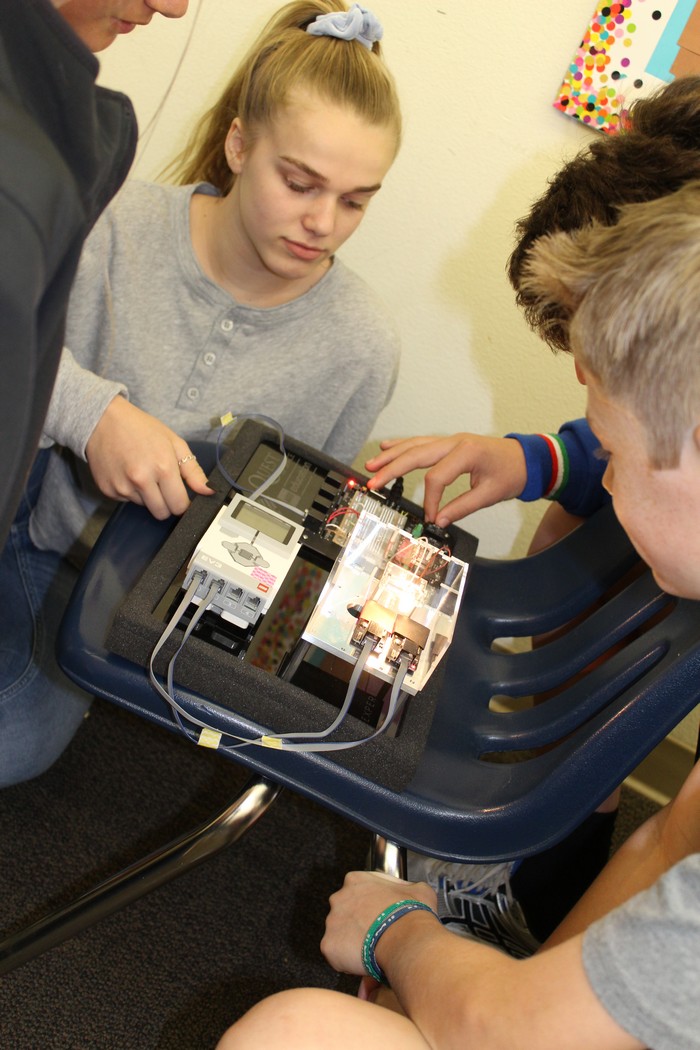Students to launch experiment to learn about laws of science in space.
by Dylan McHenry, Malia Sanchez, and Sara Milesi
The eighth grade students at Ventura Missionary School are partnering with NASA and Quest for Space in conducting an experiment hoping to learn more about laws of science in space. “This is a great opportunity for the students to be a part of real life science and engineering while conducting an experiment where the results will be helpful for NASA and their exploration to Mars” says science teacher Mrs. Woods.
They will launch an experiment to the International Space Station (ISS) in February, 2019 to see if the properties of heat transfer change in space. The experiment will help the students learn, and will also provide information for NASA. NASA has been experimenting with combustion, and found there were some surprising results. It turns out that heat transfer is different in microgravity, and this experiment will help to further this research. In the experiment, the class is working together and conducting those experiments on Earth first. The same experiment will then be performed in space and they will compare the results. In the experiment, they will use the same heat source, conductor, and method of recording in each experiment. The difference will be limited amount of gravity and oxygen that is found on the ISS. In order to learn how to build the experiment, the students first built and programmed robots using the Lego EV3.
This experiment is helping NASA know a little bit more about how heat transfers in space. In future Extravehicular activities (EVAs), space walks, they can know what to expect with the transfer of heat in the space around the astronaut, in the Extravehicular Mobility Unit (EMU),space suit, and even stars and large bodies in space, such as planets. This exciting experiment is due to launch in February, so keep an eye out for the ISS. There were three experiments that the class could choose from.
“ We all voted on doing the third experiment where we put a ceramic resistor between two heat and humidity sensors with a fan to move the air and see which sensor heats up and cools down faster,” explained VMS student Isabella Rodriguez. This experiment is not only fun for the students, but it also provides an opportunity for the workers at NASA and Quest to see students getting involved and engaged in the world around them. Along with VMS, 13 other schools across the nation will be partnering with NASA and Quest. “I think it’s awesome that I get to be part of such a great experiment and I’ve learned so much.” said Alivia Baker, VMS student. The eighth grade class is very excited to launch the experiment, and eager to find out the results. So wish them luck and a fun learning experience!
Ventura Missionary School
805-644-9515 www.venturamissionaryschool.com

